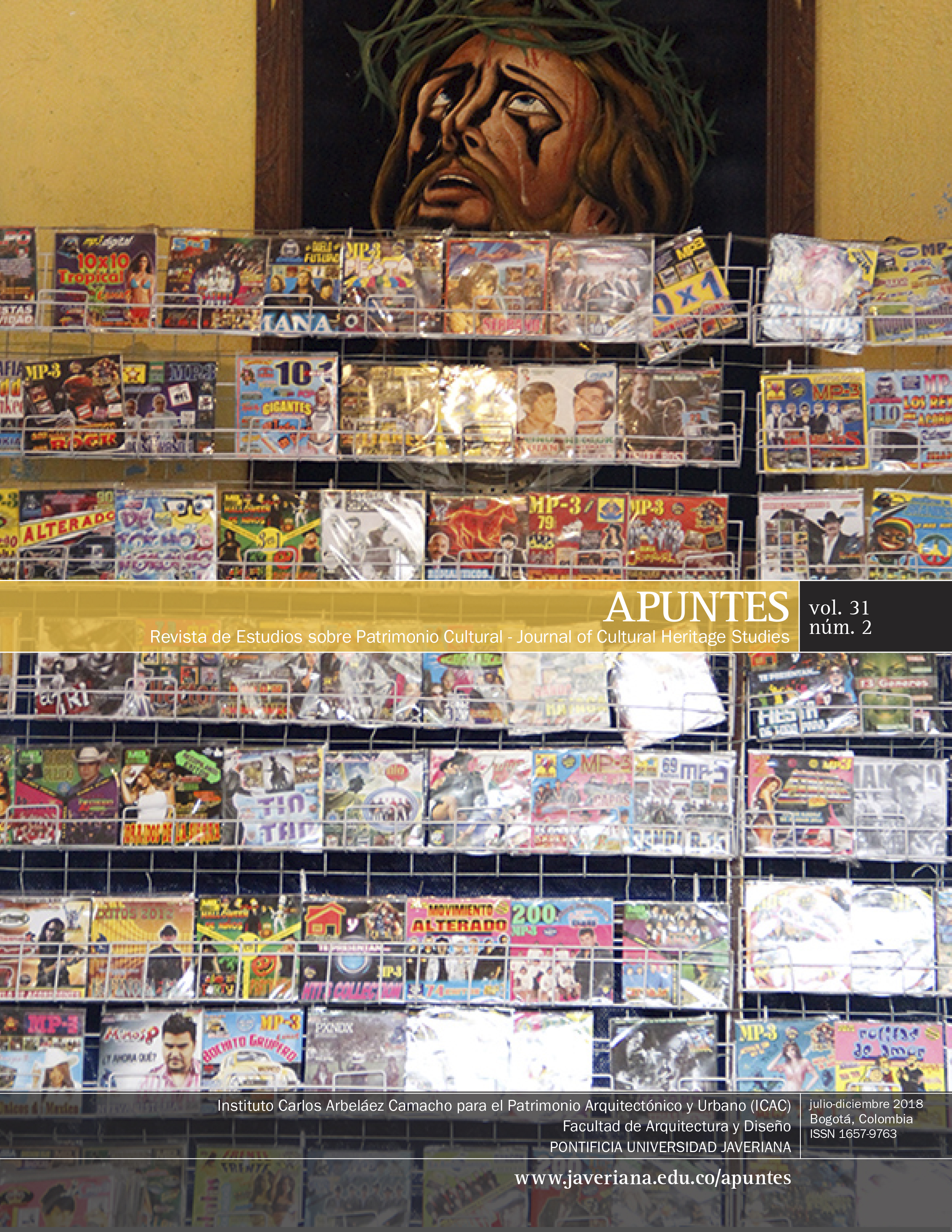Abstract
The inclusion of natural environmental conditioning systems and passive energy design becomes a necessity for the conservation of the built heritage of the Historic Center of Riobamba. Therefore, the purpose of the research is to describe and disclose the causes of the energy transmission processes and the constructive adjustments made by its users. Modernization has meant in the sociocultural field the disappearance of an environmentalist culture in the formal-spatial sphere, the loss of the sense of "sustainability" and the environmental identity of colonial architecture in the face of the circulatory chaos, parking, noise and pollution of modernity of the historic center. The methodology used is descriptive, explaining a case study on energy transmission and architecture, which shows the constructive adjustments to the environmental conditioning of homes made by its inhabitants. A selective sampling of housing typologies, location and location was used through three data collection instruments: direct observation, comfort survey, and environmental parameters registry. What revealed the distance between the needs of users and architectural programs, as well as ratify the relevance and ownership of the actions of environmental conditioning of heritage buildings.
Department of Energy of United States of America. (2001). Residential Energy Consumption Survey, (RECS): https://www.eia.gov/consumption/residential/data/2001/pdf/survey-forms/questionaire.pdf
García, V. (2008). Análisis y diagnóstico de la eficiencia energética de edificios existentes mediante sistemas no dstructivos. In: Congreso nacional del Medio Ambiente: Cumbre del desarrollo sostenible. Universidad Camilo José Cela. Escuela Superior de Arquitectura y tecnología, Madrid, España.
Hernández, R. (2006). Construcción experimental con elementos prefabricados y aislantes térmicos para edificaciones de bajo costo (Tesis de Maestría). Instituto Politécnico Nacional, Oaxaca, México. https://tesis.ipn.mx/bitstream/handle/123456789/1226/1290_2006_CIDIR-OAXACA_MAESTRIA_hernandez_ruiz_joel.pdf?sequence=1&isAllowed=y
Instituto de Patrimonio Cultural del Ecuador [INPC]. (2011). Instructivo para fichas de registro e inventario: Patrimonio cultural inmaterial. Retrieved from: https://downloads.arqueo-ecuatoriana.ec/ayhpwxgv/noticias/publicaciones/INPC-X-InstructivoParaFichasDeRegistroInventarioPatrimonioInmaterial.pdf
Manzini, E., & Bingues, J. (1996). Ecología y Democracia: De la injusticia ecológica a la democracia ambiental. Barcelona: Icaria Editorial.
Olgyay, V. (1998). Arquitectura y clima: manual de diseño bioclimático para arquitectos y urbanistas. Barcelona: G. Gili.
Perini, R. (2009). Rehabilitación ambiental y energética de edificios de oficinas en el clima cálido humedo de Brasil (Tesis maestria). Universidad Politécnica de Catanluya, España. Retrieved from: https://wwwaie.webs.upc.edu/maema/wp-content/uploads/2016/06/10-Renato-de-Resende-Campos-Perini-Rehabilitacion-Ambiental.pdf
Riobamba, I. M. (1994). Plan de Desarrollo Urbano de Riobamba. Riobamba: Editorial Freire.
Sabady, P. (2009). Arquitectura Solar: Concepto, calculo y ejecución de edificaciones solares. Barcelona: Ediciones CEAC.
Santamouris, M. (2001). Solar and natural resources for a better efficiency in the built environment. In J. Gordon (Ed.), Solar Energy: The State of the Art: ISES Position Papers (pp. 1 - 28). Germany: International Solar Energy Society.
Vásquez, V. (2009). Optimización de una metodología de análisis para la rehabilitación y protección sostenible de la arquitectura vernácula. Cataluna: Universidad Politécnica de Cataluna.
World Bank. (2010). Informe sobre el desarrollo mundial Desarrollo y cambio climático. Un nuevo clima para el desarrollo Panorama general. Retrieved from: http://siteresources.worldbank.org/INTWDR2010/Resources/5287678-1226014527953/Overview-Spanish.pdf
Yeang, K. (1999). Proyectar con la naturaleza. Barcelona: G. Gili.
Apuntes is registered under a Creative Commons Attribution 4.0 International Public License. Thus, this work may be reproduced, distributed, and publicly shared in digital format, as long as the names of the authors and Pontificia Universidad Javeriana are acknowledged. Others are allowed to quote, adapt, transform, auto-archive, republish, and create based on this material, for any purpose (even commercial ones), provided the authorship is duly acknowledged, a link to the original work is provided, and it is specified if changes have been made. Pontificia Universidad Javeriana does not hold the rights of published works and the authors are solely responsible for the contents of their works; they keep the moral, intellectual, privacy, and publicity rights.
Approving the intervention of the work (review, copy-editing, translation, layout) and the following outreach, are granted through an use license and not through an assignment of rights. This means the journal and Pontificia Universidad Javeriana cannot be held responsible for any ethical malpractice by the authors. As a consequence of the protection granted by the use license, the journal is not required to publish recantations or modify information already published, unless the errata stems from the editorial management process. Publishing contents in this journal does not generate royalties for contributors.



